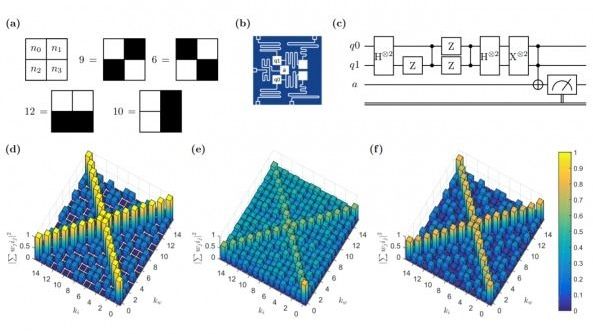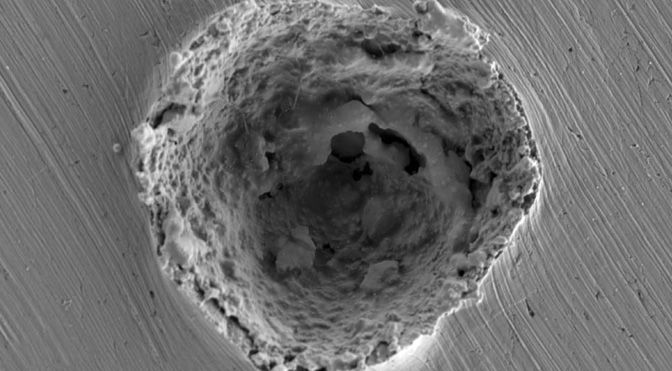Showrunner Jeff Buhler has built a fascinating world around Martin’s story seeds, starting by setting the action within the foreseeable future, rather than in an incomprehensibly distant one. The invented technologies here are particularly intriguing, like the genetic modifications first officer Melantha Jhirl (Jodie Turner-Smith) has to make her better suited for space travel, or the cybernetics technician Lommie (Maya Eshet) uses to interface with machinery. Given the state of real-world technological developments in genetic engineering and research into brain-machine interfaces, the series feels plausible and grounded, even though it’s set in a spacefaring future.
The 10-episode space series adapts a 40-year-old George R.R. Martin novella.





